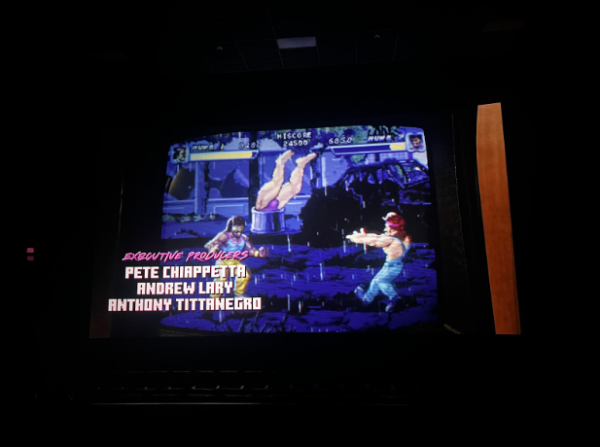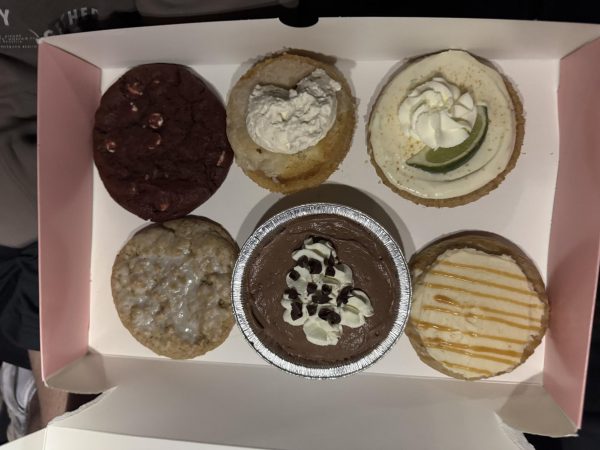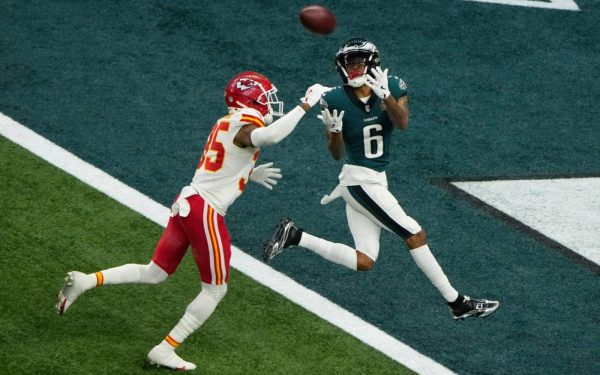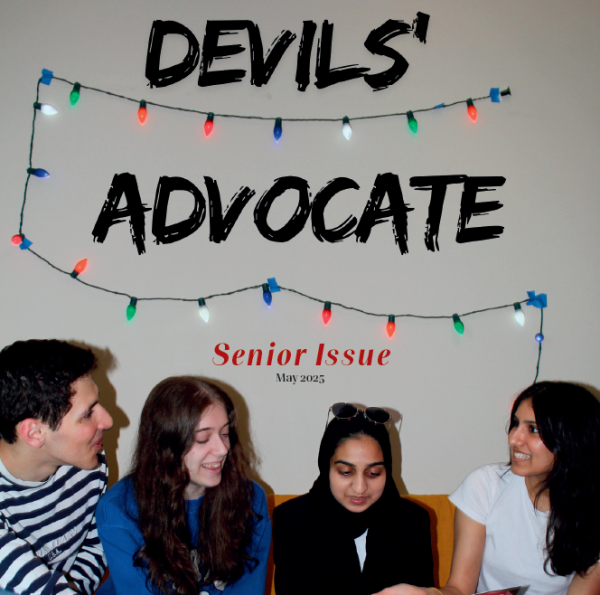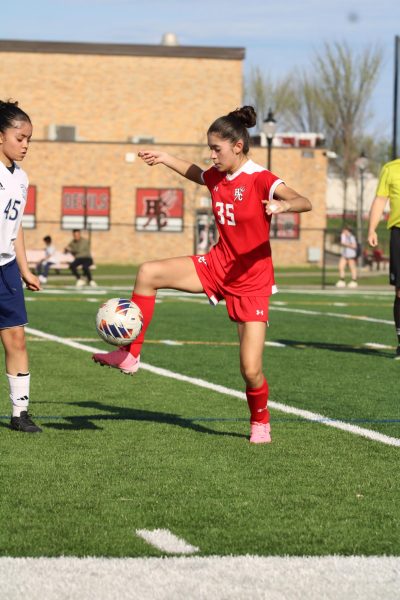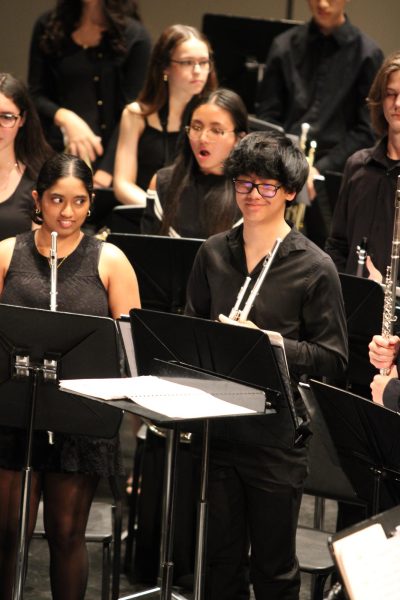Why Lunch is not for eating
The Roman idea of cena, or dinner, was reclining on a couch and leisurely eating fruit and meat from a table. Sounds like a vacation, doesn’t it? But, in Hinsdale Central’s cafeteria, you are bombarded by deafening shouts, crowded lines, and students shoveling food into their mouths. Some say that the zoo-like atmosphere of a cafeteria is characteristic of high school. But too often the garbage cans overflow with wasted food from unfinished lunches. Too often, students scramble to complete their homework before the start of class. And too often, students forsake their free time to chow down on food. What’s the problem? Lunch is clearly too short.
So what happened for lunch to become this way, and how can administrators fix it?
According to the BBC, up to the 17th century, lunch, then called dinner, was the main meal of the day. Farmers filled up on food to carry themselves through their work. But after the Industrial Revolution, dinner was moved to the evening, with lunch becoming an afterthought. Some scholars believe that the word “lunch” comes from the Anglo-Saxon “nuncheon,” a meal small enough to hold in your hands.
Lunch at HCHS means a twenty-five minute period where lunch lines stretch for miles and eating fast is more important than savoring a single bite.
But eating too quickly is bad for your health. Northwestern Medicine says that eating too fast can cause “bloating and gas.” The stomach also takes about 20 minutes to send signals to the brain that it’s full. Meaning, that food should be consumed in at least 30 minutes.
But clearly, 30 minutes to eat is not enough.
This is evident by the garbage cans overflowing with wasted food from our brief lunch periods. Food wastage is not just a local problem. The Natural Resources Defense Council says that in the USA, 40% of food is never eaten. Having a short lunch period not only wastes food, but also wastes the school’s and parents’ money. The Environmental Protection Agency estimates that each year, “U.S. food loss and waste embodies 170 million metric tons of carbon dioxide emissions – equal to the annual CO2 emissions of 42 coal-fired power plants.”
Students also use lunch to socialize with friends. The National Survey on Drug Use and Health states that 3.2 million teenagers from the ages of 12-17 have suffered a major depressive episode. The National Institute of Mental Health reports 9.1% of adolescents have Social Anxiety Disorder. In an America with widespread depression and anxiety, what is our school doing to help? Keeping lunch so short that we barely get time to talk.
Fixing this problem is a delicate matter. With issues we have to address like climate change and rising social anxiety, lunch is an urgent problem that administrators must confront. But ultimately, this decision comes down to what administrators want. Lunch is for socialization, free time, and fun, not just for inhaling food. When will administrators solve this lunch crisis?






